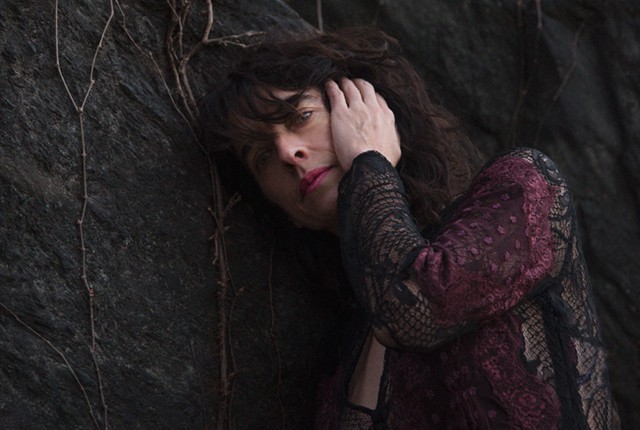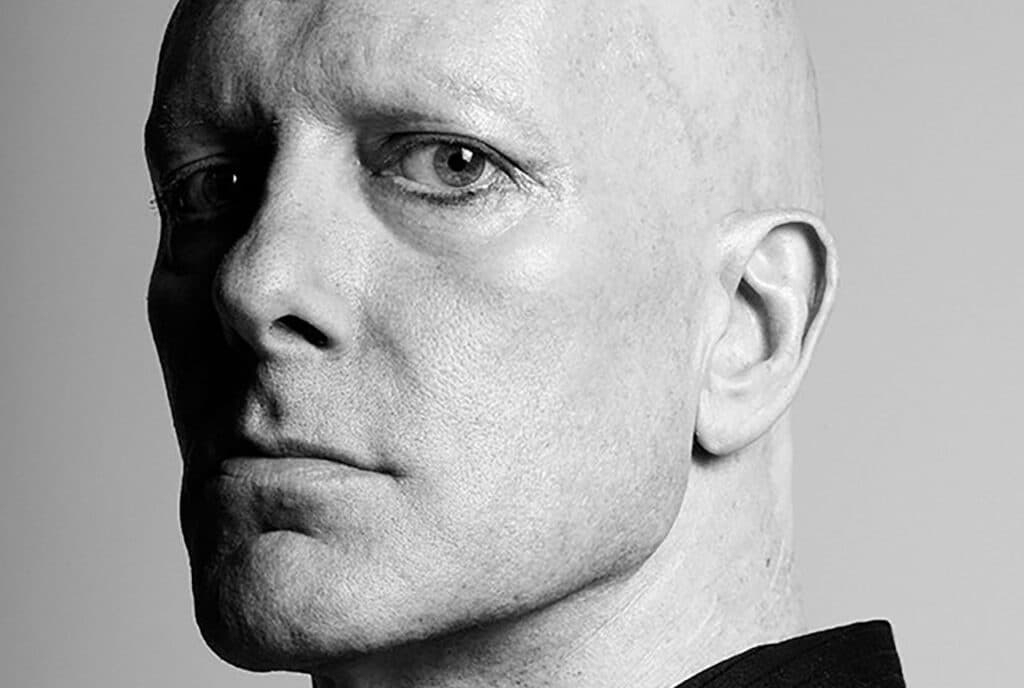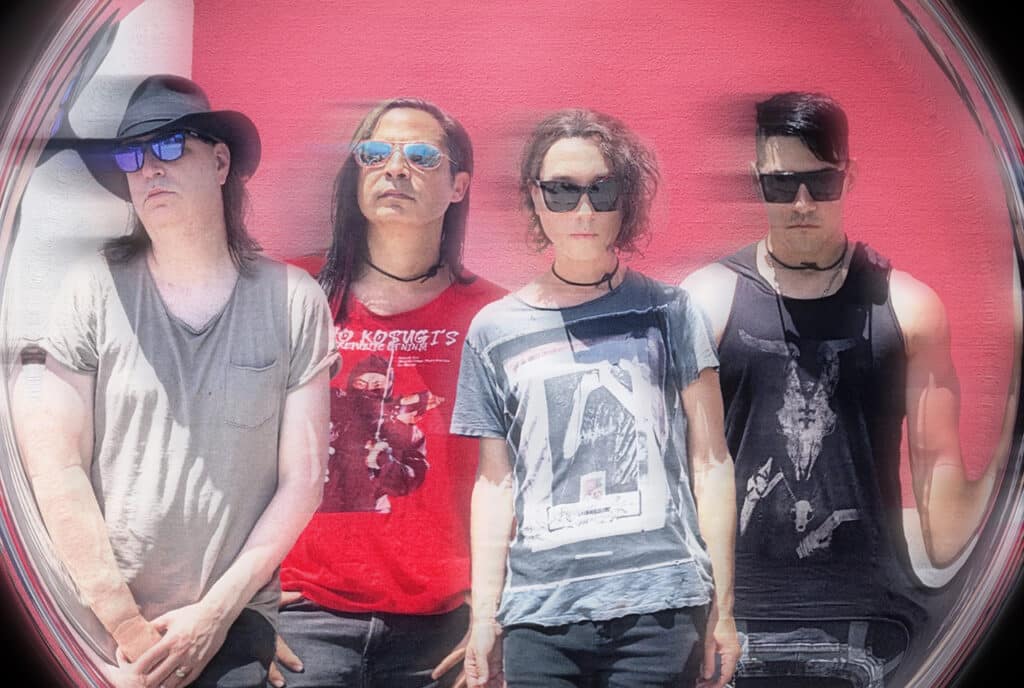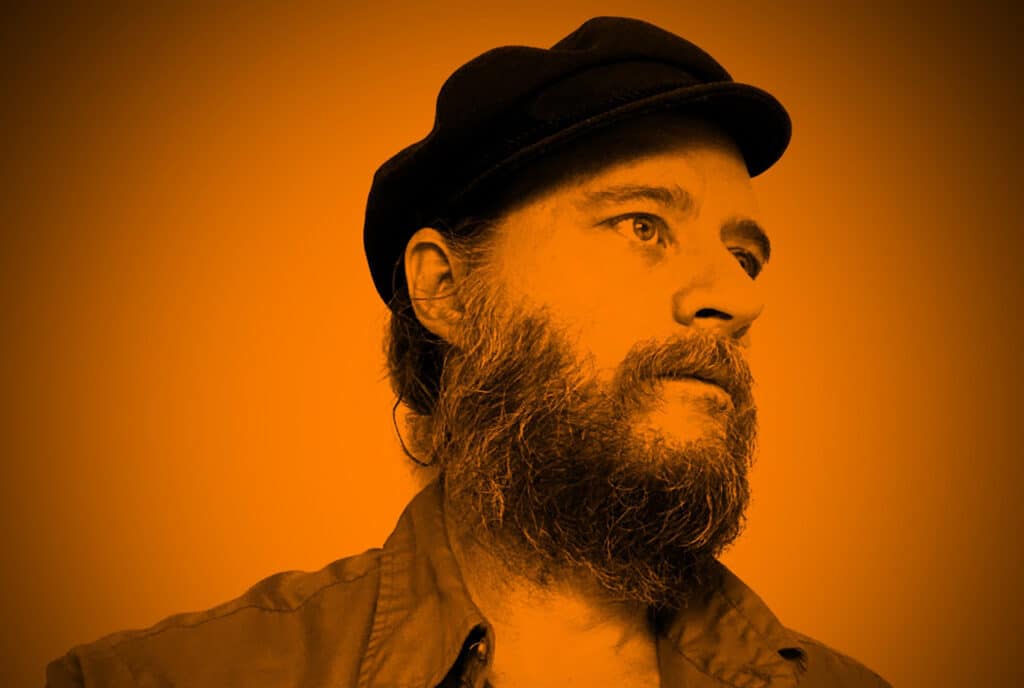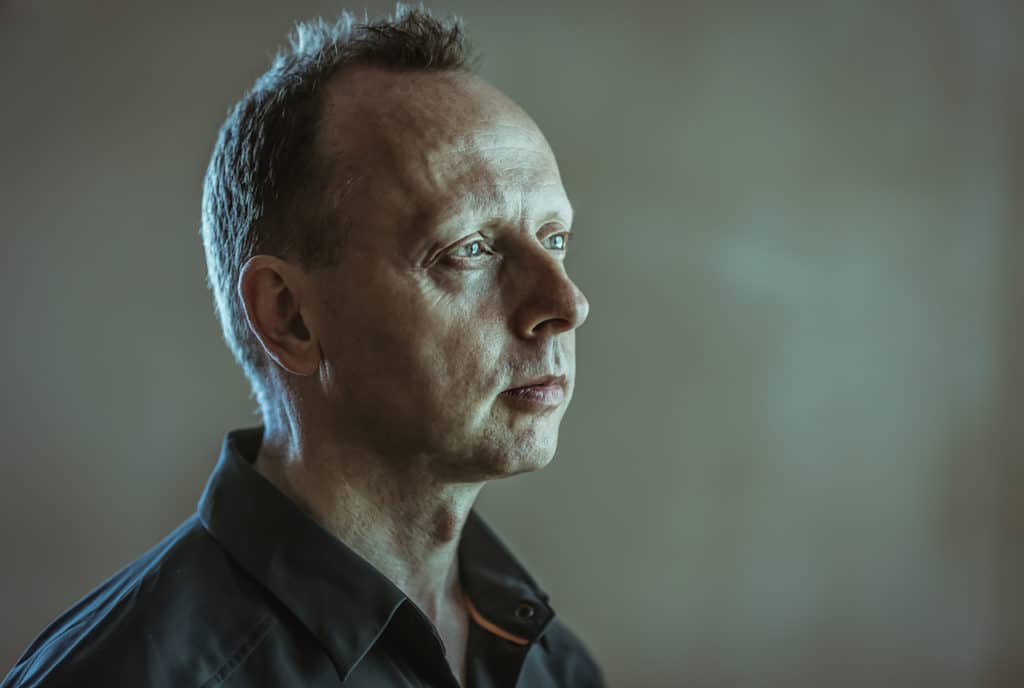Having recorded two albums with her band, cellist/singer/songwriter Serena Jost opted for a unique and completely solo approach to her newly-released third album, “Up To The Sky.” The album was recorded live over a two day period at the historic St. Peter’s Church in Chelsea, NYC. While Jost had prepared extensively for the sessions, she was open to improvisation and allowed the space to influence and inspire the final result.
In addition to her own work, Jost was an original member of cello-rock band Rasputina. In 2015, she led a 50-cello performance on Governor’s Island with co-composer/cellist Matthew Robinson. She has also collaborated with poet Dan Machlin (Immanent Audio, Ugly Duckling Presse) and numerous dancers, including Douglas Dunn and Kathryn Sanders (Wally Cardona).
You were originally in Rasputina, correct?
Serena Jost: “I was in Rasputina right at the beginning, in about 1992. Melora is the originator of the project, but I was one of the original group with Julia Kent and Melora.”
How did you get involved, and why didn’t you stay with them longer?
Serena Jost: “I came to New York City to do visual art things, or so I thought. Someone I knew said that if I wanted to get my cello to the city, I could ship it to his house. So, it came to his house and somebody who was visiting was a friend of Melora’s and happened to be in his loft in Dumbo. I had never played in a band before, and I was all of a sudden in a really cool project. It was really exciting to me, and also I was sort of just getting oriented to being in a band.
“It was such an amazing project. I think the reason I moved on was that it was my first band and I started to explore other projects. By being in that group, I got in touch with the fact that I wanted to do my own thing. I’d also played with this band called Rex. They were on Southern Records and I toured with them for 6 weeks across the country, opening for The Swans. It was amazing but I think at the end of the tour, I realized, ‘Oh my gosh, I want to write cello-driven songs.’ It was an evolution, basically.”
There was quite a different process in making this album. Could you discuss the motivation behind that?
Serena Jost: “The previous 2 records I’d done with producers and they were in the studio, multitracked. I had a wonderful experience right before ‘Up to the Sky’ of working with Anton Fier making ‘A Bird Will Sing.’ I decided I wanted to try to make an album that was live with no overdubs. Instead of scrubbing and organizing and shaping and perfecting the record in the studio, I wanted to take a risk and see what would happen if it was just me, solo, live. I had this vision that I wanted to do it in a non-commercial setting. For some reason, I felt that spiritually, I was just called to be in some kind of place where people got together. For me, that meant either a church or a synagogue. I went and I checked out a bunch of places all over, really. And then lo and behold, I found this church that’s literally 5 blocks away from my house.”
How did you prepare for the recording?
Serena Jost: “I think there was a lot of preparation on the front end, technically. I was committed to doing a certain number of takes and living with that. I did a lot of practicing, especially in the month beforehand. I was sort of a bit of a monk and sequestered with my cello. And then a huge thing was finding a person to record it who understood my vision for it. I found that person in Adam Gold. He’s amazing. He’s the kind of person who almost disappears as he is working. It’s almost like he’s witness and I’m in the church doing this thing.”
Did you demo the songs first?
Serena Jost: “I made recordings at home to see what was happening, but I didn’t demo it in the sense of practicing it in the space, no. I went in prepared. My goal was to prepare myself and be open to possibilities.”
What was the actual recording process like?
Serena Jost: “Adam had eight microphones, stereo pairs and all kinds of microphones, some for the voice, some for the cello. Because as we were recording live, the cello sound bled a little bit into the vocal mic, and the vocal sound would bleed a little bit into the cello. So, we tried to get separation, but there was always a connection between the two sound sources. Adam was incredible. There were 2 microphones really close to me, some set out a few feet away, and then there were microphones in the pews of the church and then in the back of the church there were other ones. In the recording and mixing, we didn’t always use all the microphones. We tried to find the optimal combination that represented the sound. But we had a problem with radio frequencies in the church being picked up. I don’t know why, maybe it was a ghost. So we had to troubleshoot. Adam was like a dancer, just going around and moving things and tweaking things because it would change. And that was also something that Chris Butler had to take charge of in the mix, getting rid of things that were not welcome, any interference type of sound. But technically, we had a lot of options. The church itself is an extraordinary space. When you sing into it, the sound travels in this really beautiful way, and once I got used to embracing the large space, it was so dynamic. I felt I was being carried by the church as I was performing.”
Did the space have an impact on how the music evolved during the recording process?
Serena Jost: “I think it did affect it. It’s hard to describe this, but while I was there performing, I really felt the presence somehow of the hundreds of years of people who had been in that space. It felt like I had listeners. I know that sounds esoteric, but it inspired me somehow to go beyond myself and in certain cases, when I was singing, I felt like I could sing out across the reach of the church. The improvisations on the recording, there are some tracks that are quite free; those were not planned. That just happened. The space itself was sort of giving me music.”
Which songs did improvisation play the biggest part in?
Serena Jost: “There’s a song called ‘Clement’ and there’s a song called ‘Hallway,’ which is also an improvisation. And then ‘It’s a Delight’ was one of those that just sort of came. And ‘Red Door.’ So I’m improvising the music and the lyrics and ‘Red Door’ actually came out of the fact that the church had these red doors. And again, Adam was there and just sort of caught that moment. It was really a collaboration.”
Did you write specifically with this type of recording experience in mind?
Serena Jost: “It was all things that I composed before, but I think a song like ‘The Cut,’ for example, when I perform it, it’s like the cello part holds a groove, it exists easily as just cello and voice. I used to write songs with a cello part that was simple enough to think of having a band in mind. And then with these songs, I became more aware of the fact that they could be just cello and voice. “
Are you planning on performing this material entirely solo in the future?
Serena Jost: “I’m planning in May to hit the road on my own opening for other people hopefully and doing an East Coast thing and a West Coast thing. I will do those solo. But it’s not like an exclusive thing. I did a show in January at the Owl in Brooklyn, a band show. Some of the songs from ‘Up to the Sky’ were in the band show. So, they can exist in different ways. I’m also really excited now about the idea of doing it solo. It’s an interesting way to have a song, and it creates certain challenges; also, there’s a certain flexibility you have when you’re just playing by yourself.”
I heard there is an interesting story behind your cello?
Serena Jost: “I grew up in mid-Michigan. My family used to vacation in northern Michigan in a town called Atwood, in a little cabin there. One of the things we’d do at the end of our stay was perform a little concert. Other members of my family played music, so we’d perform a little concert for the family there. The patriarch, his name was Stanley Smith, had been a teacher. It was a really interesting person. He sort of took a shine to me and said, ‘You know, I have this cello downstairs in the basement; would you like to see it?’ And I said yes, I would love to see it. We went downstairs and it was wrapped in a sort of greenish brown army blanket. It had been down there for decades, just sitting there. My parents bought it for me and we took it to this place in Chicago called Kenneth Warren and Sons, a master instrument shop, and they got it up to snuff. It was a really, really nice instrument. And then a funny thing happened 5 or 6 years ago. I had this feeling, just one day walking down the street, ‘Oh gosh, I wonder if Mr. Smith is still alive. I should reach out to his daughter,’ so I did. And I said, ‘Do you know more about this cello?’ He was actually on his deathbed when my letter arrived, but he was able to tell her more information about the cello. It was a really incredible thing, because I hadn’t seen them in decades, really. He told her more about the cello, and that the cello had probably been against a bank loan, someone owed some money. They didn’t have the money, so they gave the cello. It’s pretty incredible. A friend of mine works in an instrument shop here and thinks that it’s either English or German, probably from about 1910.”
Are you involved with any other projects?
Serena Jost: “Well, I have the band, and I work with this guy Mathew Robinson. He’s another cellist and he’s in a band called Opal Onyx. They’re a wonderful band. He and I do duo stuff, sometimes improvised things. We did a concert on Governor’s Island a couple of years ago, of 50 cellos. And sometimes I do things with singing groups, like I’ve been having some fun with a 4 part singing group, more just for private. And I do some sessions around town for different people. But I’m really focused on my own thing at the moment.”
For more info on Serena Jost, visit her website at serenajost.com.
